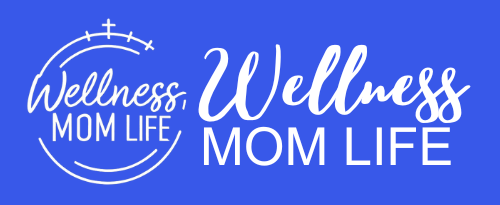If you’ve ever peeked into your baby’s crib during naptime, you may have noticed a common sight: your little one sleeping with their butt in the air. While it may look amusing, this sleep position is surprisingly common among infants. In this blog post, we’ll explore why babies sleep with their butt in the air and what it signifies about their sleep habits and development.
As parents, we’re often intrigued by the various sleep positions our babies adopt. One of the most common positions is the “butt in the air” pose, where babies sleep with their bottom elevated and their legs tucked underneath them. While this posture may seem unusual to adults, it’s perfectly normal for infants and serves several purposes.
Babies spend a significant amount of time sleeping, and their sleep patterns can vary throughout the day and night. During sleep, infants cycle through different stages, including light sleep, deep sleep, and REM (rapid eye movement) sleep. The “butt in the air” position often occurs during lighter stages of sleep, such as drowsiness or light REM sleep.
Benefits of the Butt-Up Sleep Position
While it may appear unconventional, the “butt in the air” sleep position offers several benefits for babies:
- Comfort: Many babies find this position comfortable and soothing, as it allows them to curl up in a fetal-like posture similar to how they were positioned in the womb.
- Digestive Relief: Elevating the baby’s bottom can help alleviate discomfort from gas or reflux, making it easier for them to sleep soundly.
- Temperature Regulation: Sleeping with their bottom elevated allows babies to regulate their body temperature more effectively, keeping them cool and comfortable during sleep.
- Developmental Milestones: The “butt in the air” position can also support the development of motor skills, including crawling and rolling over, as babies engage their muscles while sleeping in this posture.
When to Be Concerned
While the “butt in the air” sleep position is generally harmless and even beneficial for babies, there are instances where parents should exercise caution:
- Breathing Difficulties: If your baby’s sleep position restricts their ability to breathe comfortably or if they consistently struggle to maintain a clear airway, it’s essential to adjust their sleeping environment or seek medical advice.
- Neck Strain: While it’s normal for babies to sleep with their head turned to the side, excessive neck strain or discomfort may indicate an underlying issue that requires attention.
- Sudden Changes: If your baby suddenly changes their sleep position or displays signs of distress while sleeping, it’s worth investigating further to ensure their safety and well-being.
The “butt in the air” sleep position may seem quirky, but it’s a common and natural posture for many babies. While it offers comfort, relief from digestive discomfort, and support for developmental milestones, parents should remain vigilant and monitor their baby’s sleep habits for any signs of concern. By understanding the reasons behind this sleep position, parents can rest assured knowing that their little one is sleeping soundly and comfortably.









